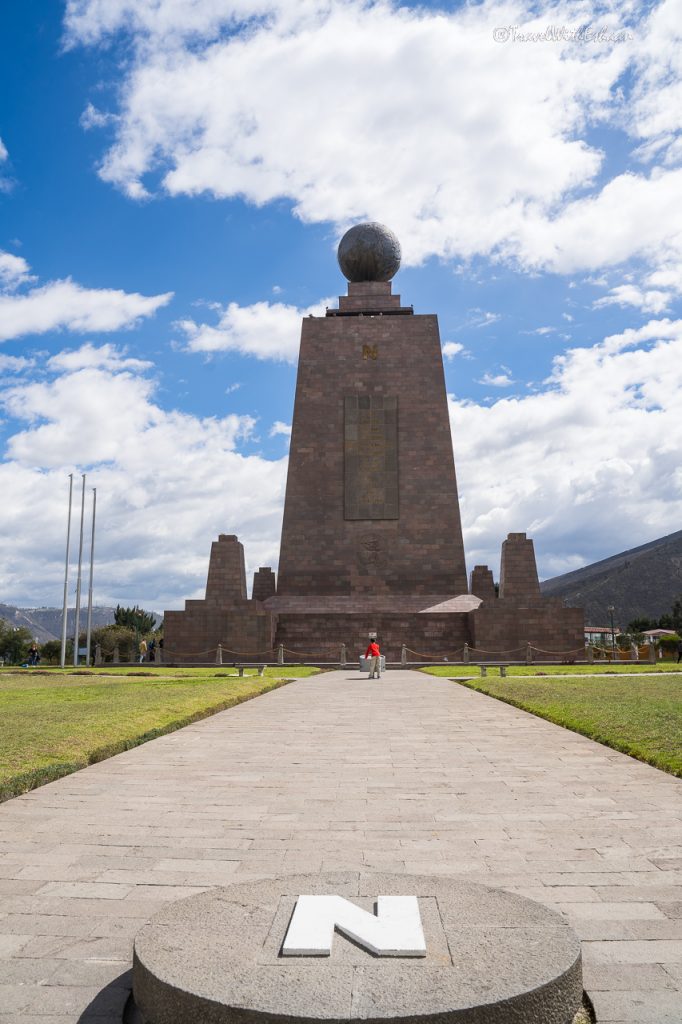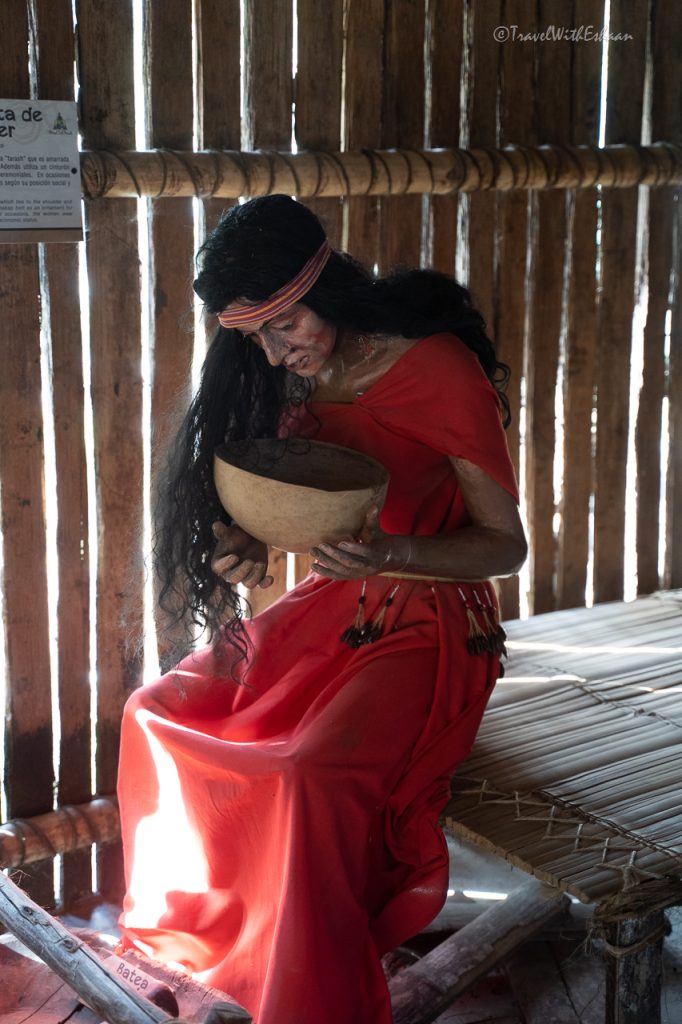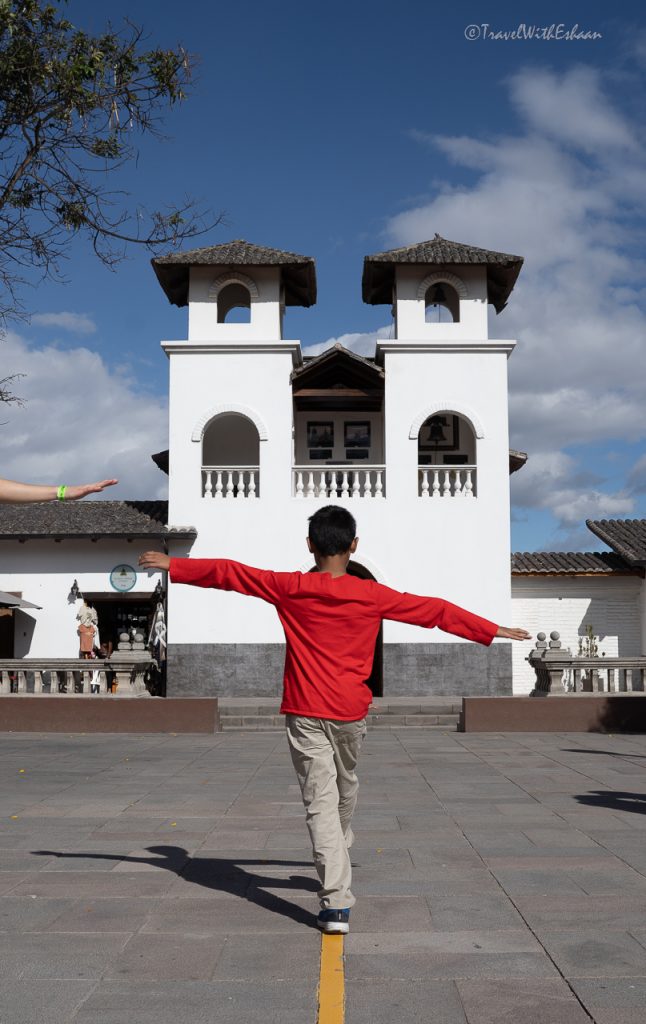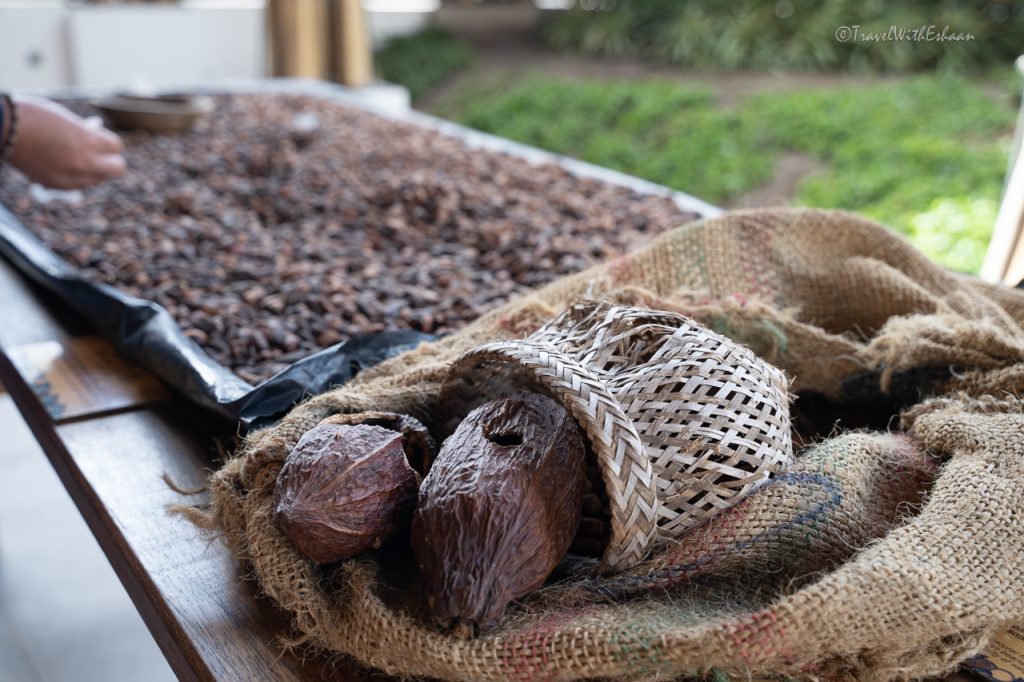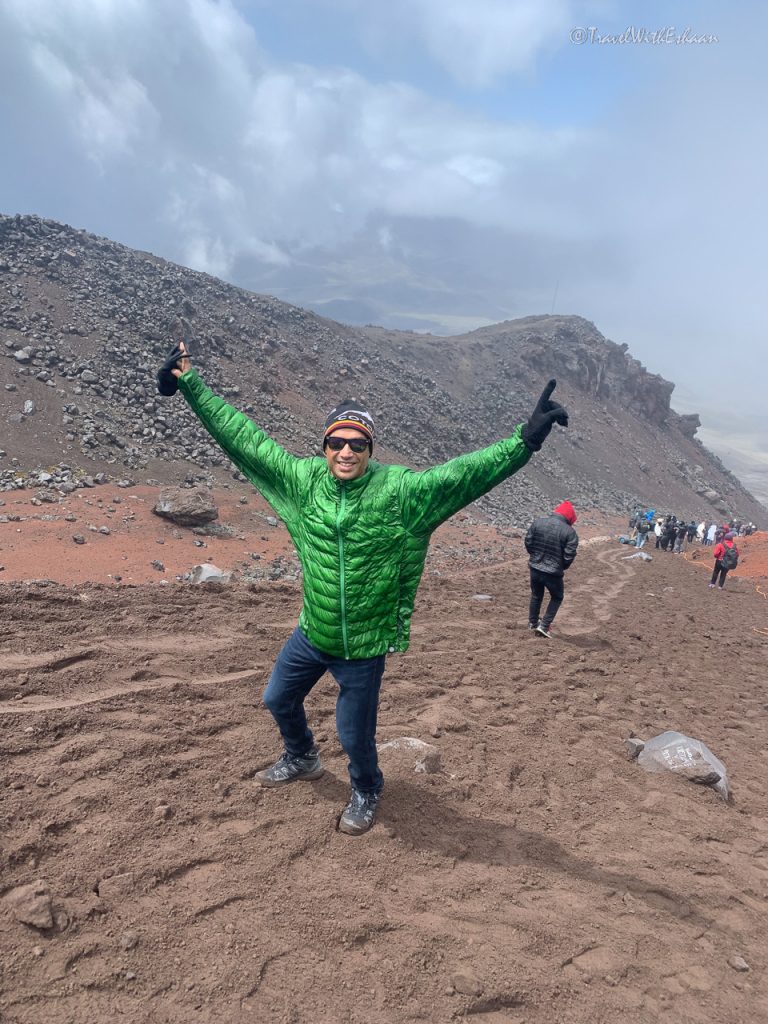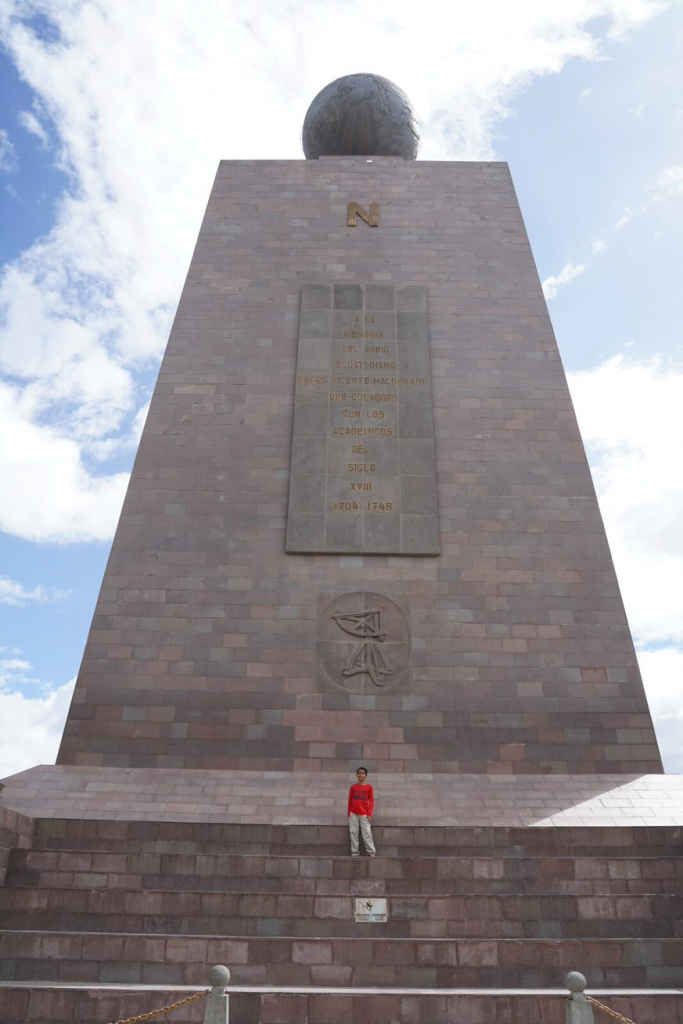
Ecuador is the only country I’ve visited in South America, and it was amazing. Such diversity in attractions should be envied by other nations. From natural sites to some of the best churches for sightseeing, Ecuador has it all.
On our first day in Ecuador, we didn’t do much. We walked, we slept, we bought a ticket for a tour. Quito, the capital city, was quite interesting. Even though we didn’t explore much, we could clearly see a vibrant city bustling with energy. Our second day was more eventful. We were going to visit the equator. We started our day off by getting on a tour bus. Since food was included, we didn’t pack much except for the camera and a jacket (plus a water bottle, wipes, and other necessities). Quito can get cold in the winter, especially because it’s located 9,350 feet above sea level.
Our first stop was Pululahua Geobotanical Reserve. We didn’t stay there long, mainly for a break from the bus, but the reserve itself was quite amazing. Unfortunately, we didn’t see that much due to the clouds, but we could see two dormant volcanoes. From our high vantage point, we could survey the small farms of the Ecuadorian countryside. The disadvantage of our elevation was the gushing winds, which could easily push one’s valuables off the mountainside.
After that, we returned to the bus, where we were en route to the City Middle of the World attraction. When we arrived, we saw the setup, a sort of village setup, with many different “houses” where tourists could shop, learn, and photograph. The centerpiece was an obelisk structure with a globe on top, and four smaller sub-obelisks. Touristy? Definitely. We also got our passport stamped at the equator, which can be done inside the central obelisk.
After taking photos at the equator itself, we were shown some dubious science “experiments” involving the equator. For example, one involved an egg being balanced on a nail. Supposedly, you could only do this on the equator. After that, we visited the globe structure, and to be honest, the “city” was more like a theme park, with different attractions such as the cacao square, a place where they showed the process of making chocolate, which involved a long process which I hadn’t discovered.
We also learned about the geography of Ecuador, and we got a tour of an ancient indigenous home, both informative sites. Finally, we took an elevator up the inside of the big globe structure, where we got a great view of some more dormant volcanoes (Ecuador has 47 in total). We then returned to the hotel we were staying in, J.W Marriott Quito. We had to rest well, because the next day, we were going to embark on a hike to Cotopaxi, the second-highest peak in Ecuador.
We got on the tour bus early that day. The peak would be a longer drive from Quito. We got on the bus, and as usual, the guide had some information for us, this time a story from Ecuadorian mythology. We had two guides, one of whom was indigenous, so we were getting accurate information. Again, our first stop wouldn’t be our last stop. We paused at a nature reserve, and as we got out of the bus, on the side of the parking lot was a llama. Having never seen a llama so close and personal, we took a few photos. Because llamas are known to be a little aggressive, we kept our distance, and things went all right. We then went on a short walk near the reserve, where we learned about the flora of the region, and took photos of the Andes, which were beautifully visible.
We then left, and we were slowly getting higher and higher up the Andes. Slowly, the tree covered forest morphed into a bushy plateau, where we could clearly see the mountains of the Andes towering over the barren land. We then reached Cotopaxi, and started the slow drive up the slope. Fog obscured the view, and the drive became more and more perilous. There were no bushes anymore. There wasn’t even grass. Just rocks. Then we stopped. We had reached the limit of the truck, and anyone who wanted to hike up the mountain would join one group. The rest would stay in the bus.
I decided to hike.
I got off the bus, and instantly regretted my decision. Wind at the force of a speeding truck immediately pounded my body, and my eighty pound body was slowly brought back. I was also almost frozen, and the thin mountain air made it challenging to breathe. There was no way I could ever complete the hike. So I ended up staying in the bus with my mom and sister for the two hours the group was walking.
Turns out, I was simply first of a large group of people who turned back early. The second person returned just a few minutes later. One lasted thirty minutes.
In the end, only half of the group was able to make it. My dad was one of them, and he returned soaked. The bus went back down the mountain. On the way back, though, we stopped at the road, so we could take photos of the mountain. It wasn’t a complete loss. We returned to lower ground, and headed towards Quito.
But food was included in the package, so when would we be receiving dinner? The answer was soon. We were taken to a medium sized building that looked like a house. It was in the middle of a farm, and I was clueless why we were here. It was a hacienda, basically a South American plantation, where debted Natives worked for landowners for basically free. Nowadays, the workers are paid, but the haciendas still dot the rural landscape. This hacienda was also a restaurant. The food was tasty, though.
It was night when we returned to Quito, and after enjoying the views of Quito from our hotel room, we slept. The next morning, we would leave Ecuador. We vacated our room, stored our luggage in the hotel, and photographed the Marriott, which had some beautiful pools. Our destination for the day was the Basilica of the National Vow. A beautiful church that highlighted the beauties of Spanish architecture, the Basilica had an equally exquisite back. A courtyard perfect for looking at both the great church and the shantytowns in the distance.
Tips:
- Jackets: Bring jackets. Unlike Guayaquil, Quito is COLD. You need a jacket so high in the Andes. If you want to hike at Cotopaxi, bring waterproof jackets to stay dry.
- Altitude sickness medications: If you visit Cotopaxi, make sure you don’t get altitude sickness. Just to be safe.
